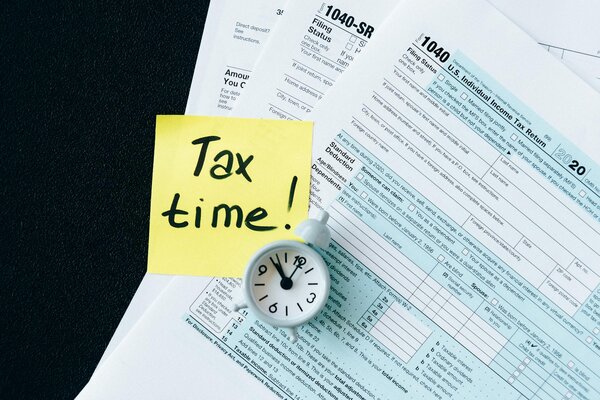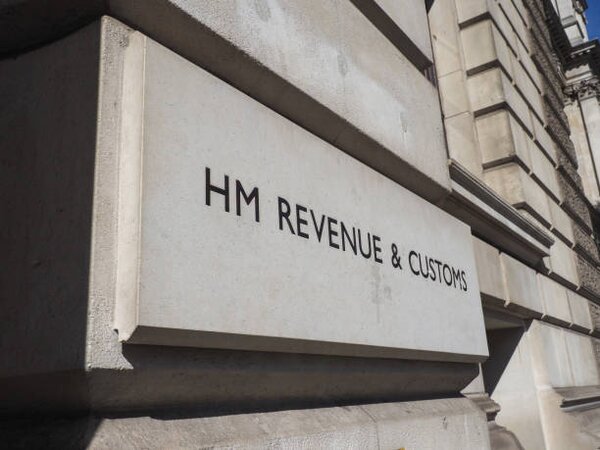Understanding Balancing Payments

Are you a taxpayer in the UK, puzzled about balancing payments? Worry not! We've got you covered with a comprehensive guide on what balancing payments are and how to handle them effectively.
Understanding Balancing Payments in the UK
When you encounter a balancing payment, it's crucial to understand various related components:
The tax year in the UK runs from 6 April to 5 April of the following year. Understanding the tax year is essential as balancing payments are calculated based on this timeframe.Tax Year
This component involves assessing your total income and tax due for the tax year, comparing it with the tax paid through PAYE or other means.Tax Calculation
These are the taxes you have already paid through PAYE, deductions, or advance payments. This figure is subtracted from your total tax due for the year to determine if a balancing payment is necessary.Previous Payments
How to Calculate and Pay Balancing Payments
Follow these steps to manage your balancing payments seamlessly:
Calculate your total tax obligation by summarising all incomes, deductions, and applicable reliefs for the year.Determine Total Tax Due

Identify all the tax payments you've made during the tax year, including PAYE deductions and any advance payments.Check Previous Payments Made

The difference between your total tax due and previous payments will be your balancing payment.Subtract Previous Payments from Total Tax Due

Make your payment by the 31st January following the end of the tax year, using HMRC’s available payment methods.Pay the Balancing Payment

Maintain detailed records of all your calculations and payments for future reference.Keep Records

Payment Methods for Balancing Payments

Option 1: Online Payment
Pay your balancing payment through HMRC’s online portal using a debit or credit card. This method is quick, secure, and convenient, allowing you to make payments from the comfort of your home. Simply log in to your HMRC account, choose the "Make a Payment" option, and follow the prompts to complete the transaction. You will receive a confirmation once your payment is successfully processed.
Option 2: Direct Debit
Set up a direct debit payment to automatically deduct the amount from your bank account. This method ensures you never miss a payment, as the funds are withdrawn on the scheduled due date. It can be set up as a one-time payment or a recurring deduction, depending on your preferences. You can manage and monitor your direct debit instructions through your HMRC account at any time.

Additional Considerations

Failing to pay the balancing payment by the 31 January deadline may attract penalties and interest. Ensure timely payment.Penalties and Interest

Balancing payments are often a result of self-assessment tax returns. Ensure your self-assessment is accurate to avoid discrepancies.Self-Assessment

If you can’t pay the full balancing amount by the deadline, HMRC offers the Time to Pay plan, allowing you to spread payments over time and avoid penalties.Payment Plans
Expert Assistance with Pie
Navigating balancing payments can be complex, but with PieTax, you have access to expert help who can guide you through the process. Streamline your tax calculation and ensure timely payments with PieTax.

Around 4 million UK taxpayers file self-assessment tax returns every year, affecting balancing payments.

Annually, HMRC collects millions in late payment penalties, averaging around £100 per individual taxpayer for delayed balancing payments.
Frequently Asked Questions
What happens if I miss the balancing payment deadline?
Missing the deadline results in penalties and interest charges. HMRC will add a percentage of the tax owed to your balance.
How are balancing payments calculated?
Balancing payments are calculated by subtracting the total tax paid throughout the year from the total tax due for the year.
Can I set up a payment plan for my balancing payment?
Yes, HMRC offers arrangements to pay your tax bill in installments if you cannot pay the full amount.
What is the deadline for balancing payments?
The balancing payment deadline is 31 January following the end of the tax year.
Who needs to make a balancing payment?
Any taxpayer under the self-assessment system with underpaid tax for the previous tax year may need to make a balancing payment.











